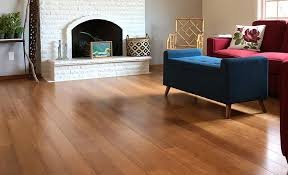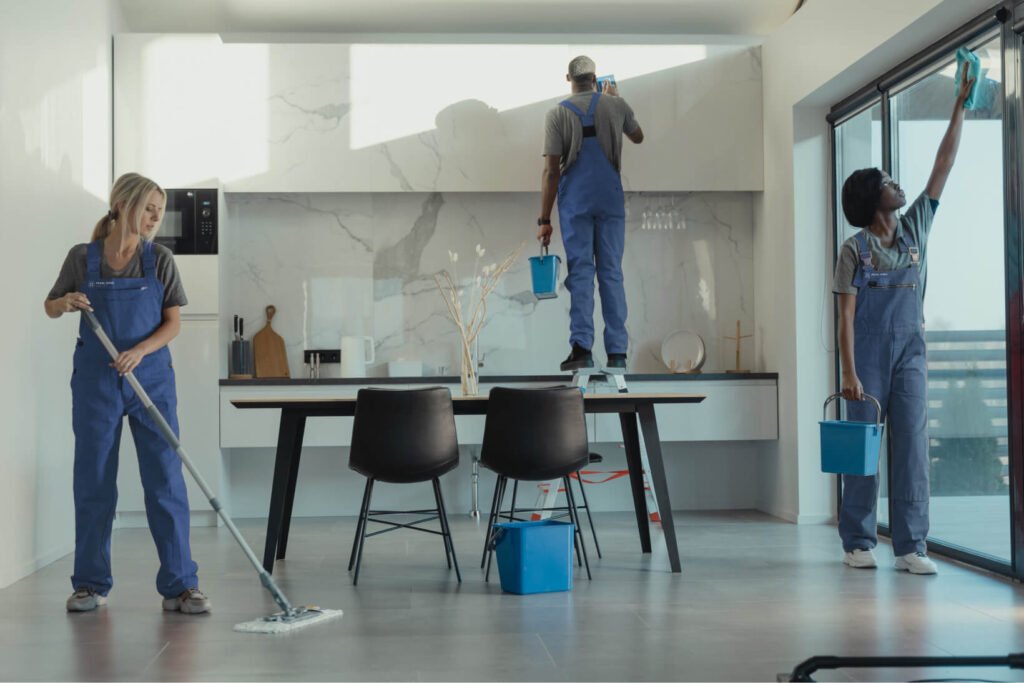Interior design can transform a mere living space into a haven of comfort, functionality, and aesthetic pleasure. Through careful consideration of layout, furniture selection, lighting, color schemes, and more, interior design can significantly enhance the quality of life in our homes.
In this comprehensive exploration of the topic, we’ll explore how interior design can revolutionize our domestic environments, offering specific ideas and strategies for each aspect.
9 Interior Design Ideas To Improve Your Quality Of Life At Home
1. Multi-Functional Furniture: Smart Solutions for Space
Embracing multi-functional furniture is a brilliant way to make the most of your home’s dimensions, specifically Apartment Interior Design in Dubai. Sofas that transform into beds, coffee tables with hidden storage, or ottomans that double as seating and storage are prime examples of furniture that adapts to your needs. This versatility saves space and streamlines your living area by reducing clutter and promoting an uncluttered, open ambiance.
2. Color Psychology: Harnessing the Power of Hues
- The psychology of color is a potent tool in interior design.
- By selecting paint colors and decor that resonate with the intended purpose of each room, you can evoke specific emotions and set the tone.
- For instance, soothing, cool colors like blues and greens are ideal for bedrooms, fostering relaxation and tranquility.
- Meanwhile, warm, vibrant hues like reds and oranges can infuse dining areas with energy and friendliness.
3. Natural Light: Maximizing Sunlight’s Blessing
- The presence of natural light is a hallmark of a well-designed interior.
- Strategically placed windows, mirrors, and glass doors can maximize the influx of sunlight, making rooms feel more spacious and inviting.
- Consider window treatments that allow for easy adjustment of light levels, such as blinds or curtains with sheer layers that filter sunlight gently.
4. Clutter Management: A Tidy Haven
- Incorporating clutter management solutions is essential for maintaining a serene living environment.
- Adequate storage is the key. Built-in cabinets, open shelving, and dedicated storage spaces for items like shoes, coats, and cleaning supplies ensure everything has its place.
- This keeps clutter at bay and promotes a sense of order and cleanliness.
5. Personalization: Expressing Your Identity
- Personalization is where your home truly becomes your sanctuary.
- Adorn your space with artwork, family photos, and decor items that resonate with your personality and interests.
- Create a gallery wall that tells your life story, or infuse each room with things that inspire and uplift you.
- Personal touches infuse your living space with warmth and character.
6. Indoor Plants: Bringing the Outdoors In
The inclusion of indoor plants is a natural and health-conscious design choice. These green companions improve air quality by purifying the air and connecting us with nature within the confines of our homes. Explore a variety of plant species to find those that thrive in different parts of your home, from bright living rooms to shaded bedrooms.
7. Textiles and Fabrics: A Touch of Comfort
The selection of textiles and fabrics is crucial in enhancing comfort and tactile appeal. Choose comfortable, high-quality materials for upholstery, curtains, and bedding. Soft, inviting textures can envelop you in a cocoon of comfort, transforming your home into a haven of relaxation.
8. Smart Home Integration: Convenience and Efficiency
The integration of smart home technology enhances convenience and energy efficiency. Consider installing smart thermostats that adapt to your preferences, security systems that provide peace of mind, and voice-activated assistants that streamline daily tasks. These technological advancements make life more comfortable and contribute to sustainability by optimizing energy consumption.
9. Soundscape: Harmonious Living
Soundcaping is another aspect of interior design that often goes unnoticed. By addressing acoustics by adding rugs, curtains, and sound-absorbing materials, you can reduce noise levels and create a peaceful, harmonious atmosphere within your home. This is especially important in busy households or urban environments where external noise can intrude.
In Summary
Interior design is a dynamic and multifaceted discipline that holds the power to impact our daily lives profoundly. By thoughtfully considering layout, furniture selection, lighting, color schemes, and other elements, you can create a home that looks beautiful and enriches your well-being and quality of life. Embrace these ideas and strategies to transform your living space into a haven of comfort, functionality, and aesthetic delight—where you find solace, joy, and fulfillment.




